Table of content
Zongzi, the beloved traditional Chinese snack made of glutinous rice stuffed with various fillings and wrapped in bamboo or reed leaves, has become a global favorite. Often enjoyed during the Dragon Boat Festival, these pyramid-shaped delights are now available year-round in frozen form, allowing food lovers to savor their chewy texture and savory or sweet flavors anytime. However, cooking frozen zongzi properly, especially in a microwave, requires precision to achieve the ideal balance of softness and stickiness without overcooking or underheating. This article delves into the science behind microwaving frozen zongzi, explores variables affecting cooking times, and provides actionable tips to ensure a flawless result every time.

Understanding Zongzi: A Brief Cultural and Culinary Overview
Before diving into microwave techniques, it’s essential to appreciate the culinary complexity of zongzi. Traditionally handmade, zongzi varies widely in fillings—ranging from red bean paste and jujube to savory options like pork belly, salted egg yolk, or mushrooms. The bamboo leaves impart a subtle earthy aroma, while the glutinous rice provides a satisfyingly sticky base. When frozen, the rice hardens, and the leaves may become brittle, making the reheating process critical to reviving its original texture.
Why Use a Microwave? Convenience vs. Tradition
While steaming is the conventional method for reheating zongzi, microwaves offer unparalleled speed and convenience. In a world where time is a luxury, microwaving frozen zongzi can reduce cooking time from 20–30 minutes (steaming) to just 3–7 minutes. However, microwaves work by exciting water molecules, generating heat from within the food. This mechanism can sometimes lead to uneven heating if not monitored carefully, making technique crucial.
Key Variables Affecting Microwave Cooking Time
No two microwaves or zongzi are identical. Several factors influence the optimal cooking duration:
-
Microwave Wattage:
Higher-wattage microwaves (e.g., 1,200W) cook faster than lower-wattage ones (700–900W). Adjustments are necessary to avoid burning or drying out the zongzi. -
Zongzi Size and Weight:
A compact 100g vegetarian zongzi will cook faster than a 200g meat-filled variety. Thicker dumplings require longer exposure to ensure the center reaches a safe temperature. -
Filling Type:
Meat or fatty fillings may need slightly longer cooking to ensure thorough heating, while plain rice zongzi might cook faster. -
Freezing Method:
Zongzi frozen individually versus those clumped together may thaw unevenly. Separating them before cooking aids consistency. -
Altitude and Humidity:
High-altitude environments may affect boiling points, indirectly influencing microwave efficiency.
Step-by-Step Guide to Microwaving Frozen Zongzi
Preparation: Thawing (Optional but Recommended)
While microwaving directly from frozen is possible, thawing slightly can reduce cooking time and improve texture.
- Method 1: Transfer frozen zongzi to the refrigerator 6–8 hours before cooking.
- Method 2: Use the microwave’s defrost setting (30% power) for 2–3 minutes per zongzi.
Container Selection
Use a microwave-safe dish with a loose-fitting lid or vented plastic wrap. Avoid aluminum foil or sealed containers, which can cause steam buildup and sogginess.
Initial Cooking Phase
-
For a single 150g zongzi (800W microwave):
- Place on a microwave-safe plate.
- Cook on high (100% power) for 2 minutes.
- Flip the zongzi using tongs to ensure even heating.
- Cook for an additional 1–2 minutes.
-
Adjustments for multiple zongzi:
Add 1–2 minutes per additional dumpling, ensuring spacing between them.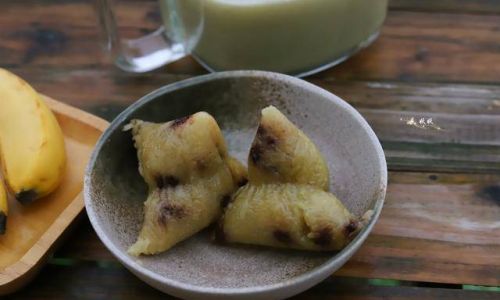
Power Level Modulation
Lower power settings (e.g., 70%) can prevent overcooking the exterior while allowing the center to warm gradually. Experiment with 30-second intervals after the initial high-power cycle.
Resting Period
After microwaving, let the zongzi sit for 1–2 minutes. This allows heat to distribute evenly and prevents burns when unwrapping.
Troubleshooting Common Issues
-
Uneven Heating:
- Solution: Pause cooking halfway to reposition the zongzi.
- Prevention: Use a rotating microwave tray or manually rotate the dish.
-
Dry or Hard Texture:
- Cause: Overcooking or insufficient moisture.
- Fix: Wrap the zongzi in a damp paper towel before microwaving.
-
Sticky Rice Too Gummy:
- Cause: Excessive starch gelatinization.
- Prevention: Reduce cooking time by 30 seconds and check doneness earlier.
-
Burnt Spots:
Avoid high power settings for prolonged periods. Use bursts of 30 seconds instead.
Expert Tips for Perfect Results
- Prick the Leaves: Lightly pierce the bamboo leaves with a fork to allow steam escape, preventing bursts.
- Add Water: Place a small microwave-safe cup of water alongside the zongzi to maintain humidity.
- Temperature Check: Insert a food thermometer into the center—it should read at least 74°C (165°F) for safety.
- Leaf Removal: If the leaves stick, run a knife along the edges or dip briefly in cold water before peeling.
Comparing Microwave to Traditional Methods
| Method | Time | Texture | Flavor Retention | Convenience |
|---|---|---|---|---|
| Microwave | 3–7 mins | Slightly drier | Good | Excellent |
| Steaming | 15–30 mins | Moist and tender | Superior | Moderate |
| Boiling | 20–35 mins | Softer exterior | Fair | Low |
Storing and Reheating Leftovers
- Storage: Keep cooked zongzi in an airtight container in the refrigerator for up to 3 days.
- Reheating: Microwave for 1–2 minutes on medium power to retain moisture.
The Science Behind Sticky Rice and Microwaves
Glutinous rice, the primary ingredient in zongzi, contains high amounts of amylopectin, a starch that gelatinizes when heated. Microwaves accelerate this process, causing the rice to soften and adhere. However, overcooking breaks down amylopectin excessively, leading to a mushy texture. Balancing time and power is key to preserving the signature chewiness.
Cultural Considerations: Modernizing Tradition
While purists may argue that microwaving compromises authenticity, this method aligns with busy lifestyles without sacrificing flavor. Many contemporary zongzi producers now include microwave instructions on packaging, acknowledging the shift toward quick-cook solutions.
Conclusion: Mastering the Art of Microwave Zongzi
Microwaving frozen zongzi is a blend of culinary science and practicality. By understanding your microwave’s power, the zongzi’s size, and the nuances of reheating, you can enjoy this ancient delicacy in minutes. Whether you’re a time-strapped professional or a curious foodie, the microwave offers a gateway to savoring zongzi’s timeless appeal without compromise. Experiment with times, embrace the occasional trial-and-error, and soon you’ll find your sweet spot for perfectly cooked, aromatic zongzi every time.
Final Tip: Keep a log of your microwave’s wattage and successful cooking times for future reference—your future self will thank you!
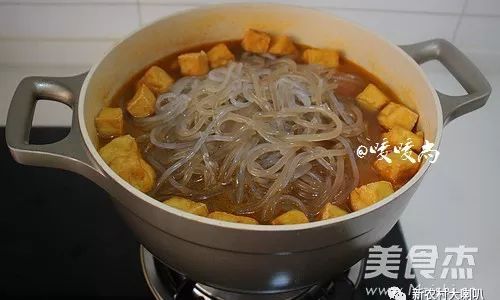
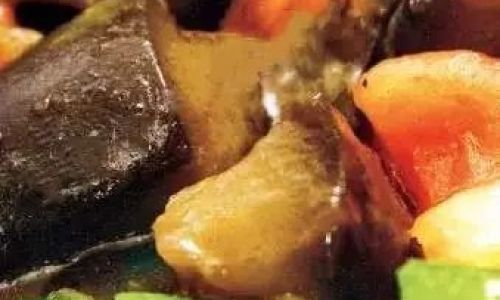
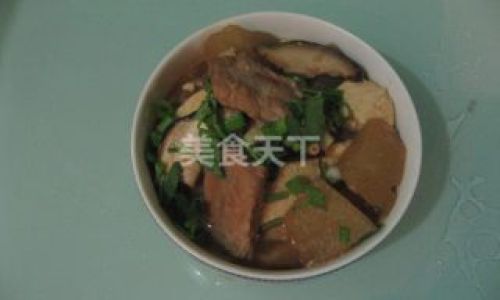

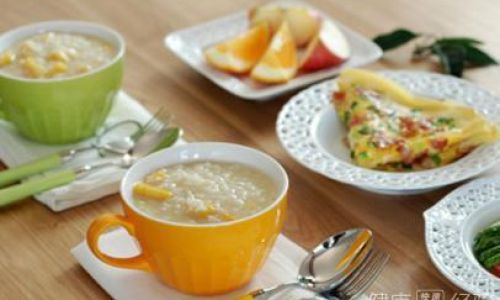

0 comments